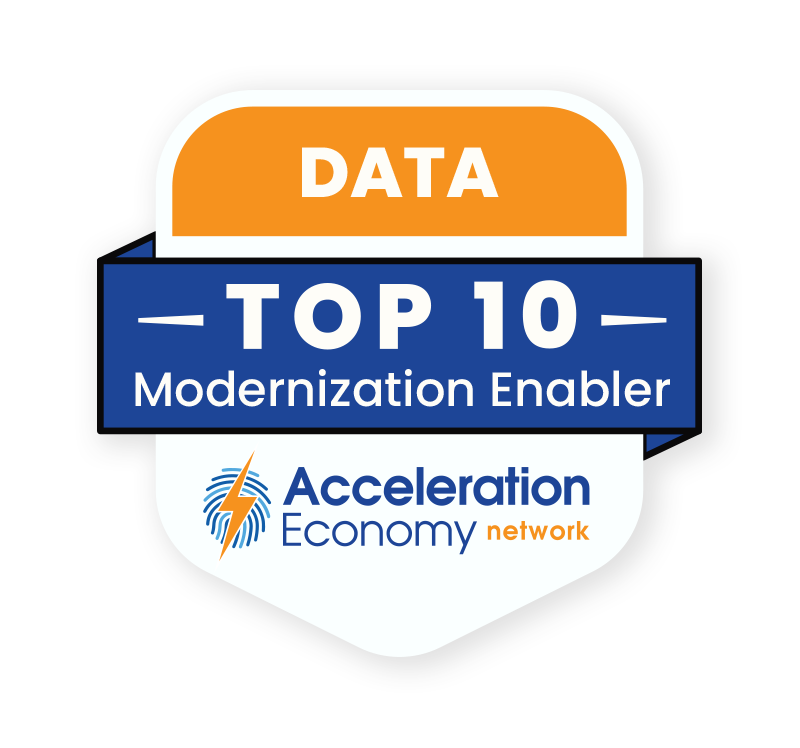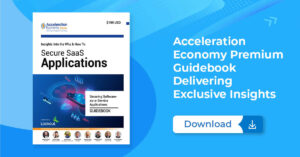Things keep changing, and quickly, in cybersecurity: Regulations, standards, requirements, threats, and all the corresponding vulnerabilities are ever-evolving.
As traditional security perimeters continue to evolve, and face new challenges through all this change, the zero-trust approach has emerged as a significant step forward. At its core, zero trust is based on the principle of “never trust, always verify.” It aims to provide robust security by incorporating strict access controls, continuous monitoring, and least privilege access.
Implementing zero trust, however, is a complex, resource-intensive process that spans five different technical domains (more on those to come). Additionally, there has been an explosion of zero trust marketing buzz, which adds to the complexity of the conversation around it.
These factors make a strong case for maturity models such as the federal government’s Cybersecurity and Infrastructure Security Agency (CISA) Zero Trust Maturity Model. These roadmaps help organizations successfully navigate their zero-trust journey.

Which companies are the most important vendors in data? Check out the Acceleration Economy Data Modernization Top 10 Shortlist.
The Challenges of Implementing Zero Trust
Implementing a zero-trust framework can be daunting, which is partly due to the fact that zero trust applies to five technical domains: identity management, device security, network security, applications, and data security. Moreover, the shift to zero trust entails significant organizational change impacting culture, processes, and technology.
To address these challenges, a phased, iterative approach is beneficial. This means dividing a project or process into smaller parts that are completed one at a time. Each part is reviewed and approved before moving on to the next. This helps make the overall project more manageable and allows for changes to be made along the way. For example, one way to split up the identity management requirements of zero trust is to put in place a manual process; ensure it works as intended, measure it; then progress towards a fully automated process.
The CISA Zero Trust Maturity Model is compelling because it can give organizations such a phased, iterative approach around zero trust implementation. It enables them to prioritize resources, minimize disruption, and ensure ongoing progress by breaking down the implementation process into steps or phases. The model also serves as an essential communication tool for organizations that outlines current and intended future states.
Maturity Models: a Key to Successful Zero Trust Implementation
My experience with maturity models started years ago with the Building Security in Maturity Model (BSIMM), which focuses specifically on software security. Like zero trust, there were many activities or technical domains under the umbrella of a software security program: security architecture, code analysis, testing, training, and governance. The BSIMM, like other maturity models, allowed you to break down and communicate a complicated topic in more nuanced, specific ways.
The structured, progressive approach that maturity models provide helps organizations measure their security posture, identify gaps, and establish an improvement plan. (Foundational gap assessment is essential to communicate to other senior leaders and your team about priorities and alignment on what is and isn’t going to happen at any given time.)
One key benefit of the maturity model is the ability to create and then leverage actionable metrics. By focusing on measurable outcomes, organizations can better prioritize investments, track progress, and demonstrate the value of their zero-trust initiatives to stakeholders. In addition, these metrics provide a solid foundation for continuous improvement and adaptation, enabling organizations to stay ahead of evolving threats and maintain a resilient cybersecurity posture.
As Peter Drucker once famously said, “What gets measured gets managed.”
Benefits of Using the CISA Zero Trust Maturity Model
The CISA Zero Trust Maturity Model is comprehensive and well-aligned with other frameworks and standards, such as NIST Cloud Security Framework (CSF) and 800-53. That alignment will ensure the CISA Model doesn’t become just “another thing” that security teams need to do.
Your organization may not face mandated requirements to adopt this model. But even if it’s not essential or required for your security posture, the CISA Zero Trust Maturity Model still offers several benefits for any organization embarking on its zero trust journey:
1. Setting realistic goals and expectations: The maturity model enables organizations to determine their current state, set achievable targets, and develop a realistic timeline for implementation.
2. Prioritizing investments and resources: By identifying gaps and areas for improvement, organizations can allocate resources more effectively and focus on the most critical aspects of their zero-trust initiatives. As any CISO will tell you, the budget will always feel underfunded, so ensuring you get value out of every dollar spent is key.
3. Tracking progress and demonstrating value: The maturity model’s actionable metrics enable organizations to track their progress, measure success, and demonstrate the value of their zero-trust initiatives to stakeholders. Measuring your progress helps you in two key ways: communicating to others where things stand and making sure you’re on the right path.
4. Encouraging continuous improvement and adaptation: The maturity model promotes an ongoing process of evaluation, adjustment, and learning, helping organizations stay ahead of evolving threats in order to maintain a strong cybersecurity posture. As your risk changes in the organization, you may find yourself re-evaluating the ideal level of maturity along one of the zero trust pillars.
How to Roll Out Zero Trust Using the CISA Maturity Model
Plans are just words until you begin to put them into action. Once you’ve settled on this model and understand its relevance to your broader cybersecurity program and strategy, there are a few things you can do to get started.
1. Assess the organization’s current security posture: Conduct a comprehensive assessment to determine the current state of the organization’s cybersecurity, including policies, processes, and technologies. I have used simplified gap assessments at this stage; simple point ranking can work as long as you have a good directional sense of the current state.
2. Prioritize gaps: Use the insights from Step 1 to prioritize putting out any fires or capitalizing on any low-hanging fruit. I like to move forward on things that can be done quickly or with few resources, which helps to build momentum. You may also prioritize based on the most significant potential risks revealed during the initial gap assessment.
3. Develop a phased implementation plan: Create a detailed roadmap outlining the steps necessary to address identified gaps and achieve the desired maturity level. Break down the implementation into manageable phases, allowing for flexibility and adaptation as the organization progresses. Rather than reinvent the wheel at this stage, you should instead leverage the planning and processes already in place.
4. Regularly evaluate progress and adjust the plan as needed: Continuously monitor the implementation, leveraging actionable metrics provided by the maturity model to assess progress. You’ll want to adjust as needed, remembering that things constantly change around you, so you should too.
5. Lessons learned and best practices: Document lessons learned throughout the implementation process and share best practices with relevant stakeholders. This will help refine the organization’s approach and contribute to the ongoing improvement of its cybersecurity posture.
Conclusion
Major initiatives like zero trust are complicated: There are many stages to implementing them, and they can be expansive in scope. Maturity models including the CISA Zero Trust Maturity Model make planning more manageable by helping to chunk the problem down into smaller pieces that can be planned and worked into a roadmap accordingly.
The benefits of implementing a robust zero-trust architecture are numerous for overall cybersecurity posture as well as for end users. Because the maturity model emphasizes actionable metrics, you as the leader can more effectively prioritize investments, track progress, and communicate all this detail to those who need to be engaged.
Want more cybersecurity insights? Visit the Cybersecurity channel:








